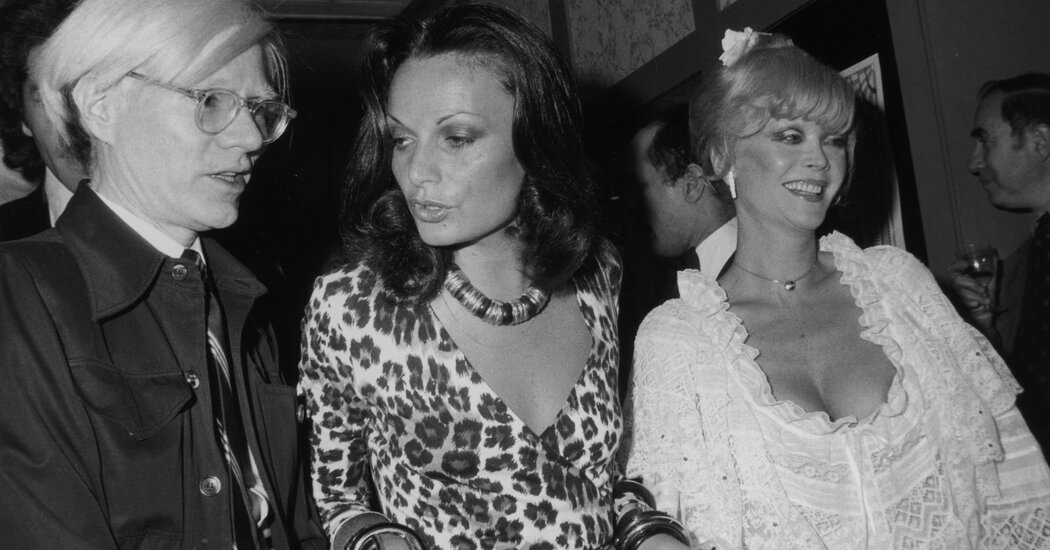And now? Wrap dresses occupy a more curious category, like skinny jeans or ankle booties or long cardigans: once a closet staple, now a staple of closet clean-outs. Ms. Sanders may not be able to find them in New York department stores, but they’re readily available in Ohio thrift stores, said Kathleen Martin, who lives in Columbus and makes YouTube videos about thrifting.
“Specifically, I’m seeing the kind you might connote with 2010s business casual,” she said — with slinky fabric and ditsy prints. Sometimes the stores miscategorize them, Ms. Martin added, as robes instead of dresses. In 2020, during the early months of the pandemic, Vogue suggested wearing them as such.
Danielle Vermeer, the chief executive of a thrifting app called Teleport, once found a Diane von Furstenberg wrap dress priced at $5 at a secondhand store. The abstract black-and-white print was part leopard, part oil spill. In 2022, she consigned it with the RealReal, which sold the dress for $40 and paid her $12. (A new DVF wrap dress today starts around $378.)
“Post-pandemic,” said Ms. Vermeer, who is 35 and lives in Washington, “I think there’s been more of an openness to try different styles in an office or professional setting. In the 2010s, I was working in offices that were very masculine and very formal, especially my first couple jobs. I would wear wrap dresses or pencil skirts and button downs. That was the uniform. But now, for those in their early 20s, the attire for that sort of office has really shifted.”
Workplaces are more casual, filled with workers more interested in dressing to express their style.
“I still love them because they’re super chic and easy to put on,” Ms. Vermeer said of wrap dresses. The following day, she sent a photo from a Salvation Army in Chicago, where she had come across a Diane von Furstenberg wrap dress for $29.99. (“Not my size but it’s in excellent condition,” she said in a text message.) “But I can see for a 23-year-old today that it might seem very ‘Girlboss,’” she said, a moniker for ambitious young women of the 2010s who embraced corporate feminism and fell almost as fast as they rose.
Allison Bornstein, a stylist known for helping people identify their personal style keywords — and who offers FaceTime appointments with people who are, among other things, trying to clean out their closet — had another theory about younger people’s aversion to the style.







